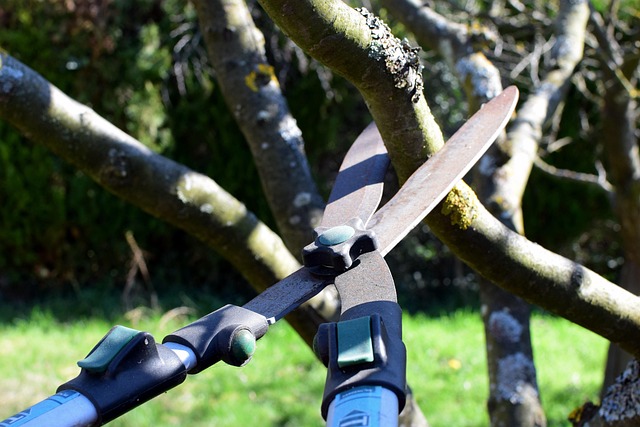Handmade Market Escape Unplug Reconnect
In the rush of modern life, the glow of screens has become a constant companion, a silent partner in our daily routines. Every morning, the first thing we see is a notification; each evening, the last thought before sleep is a scroll through endless feeds. This relentless digital cadence can leave us feeling disconnected from the world around us and, more importantly, from ourselves. The quiet, tangible experience of a kézműves piac—a handmade market—offers a gentle counterpoint to the constant buzz of technology. It invites us to step away from our devices, to breathe, to engage with real people, and to reconnect with the textures, colors, and stories that make life rich.
The Call for a Digital Detour
Studies have shown that prolonged screen time can negatively affect sleep patterns, increase feelings of loneliness, and reduce our capacity for deep, sustained attention. In a world where information is delivered at the speed of thought, the human mind needs a pause, a moment to reset. A digital detox is not about eliminating technology forever; rather, it is about creating intentional spaces where the mind can rest, where the body can move, and where authentic human connection can flourish.
- Reduced eye strain and improved sleep quality.
- Enhanced attention span and creative thinking.
- Deeper, more meaningful social interactions.
- A renewed appreciation for the simple, tactile joys of everyday life.
Why a Handcrafted Market?
The concept of a kézműves piac is rooted in centuries-old traditions where artisans gathered to sell their creations, share techniques, and celebrate community. Unlike the sterile, impersonal atmosphere of an online store, a handmade market is alive with scent, sound, and the palpable presence of the maker. Here are a few reasons why such a market can serve as an ideal sanctuary for a digital break:
“In the hum of a market, the soul finds its rhythm.” – Unknown artisan
First, the physical act of walking through stalls encourages movement, which in turn stimulates circulation and sharpens focus. Second, the tactile nature of handcrafted items—whether the roughness of a wooden bowl or the softness of a wool scarf—provides sensory input that screens cannot match. Third, the conversations that unfold when you ask a maker about their process foster genuine human connection, often sparking curiosity and empathy.
Designing Your Escape
Planning a visit to a kézműves piac can be as simple or as deliberate as you wish. Below are practical steps to help you maximize the restorative benefits of the experience while keeping your phone in a pocket or left at home.
- Choose a market that aligns with your interests—whether it’s pottery, textiles, or food.
- Set a clear intention: are you looking to buy something, learn a new craft, or simply observe?
- Allocate time—ideally a few hours—to fully immerse yourself without feeling rushed.
- Pack a small bag with essentials: a notebook, a pen, a reusable water bottle, and perhaps a sketchpad.
- Decide in advance whether you’ll carry your phone; consider leaving it in a secure spot outside the market.
Mindful Engagement
Once you arrive, begin by grounding yourself in the present moment. Notice the sounds—the clink of glass, the murmur of conversations, the hum of a sewing machine. Observe the colors: the deep blues of hand‑stitched tapestries, the earthy tones of clay. Touch the items you are drawn to; feel the weight, the texture, the warmth. Ask questions not just about the product but about the maker’s journey, their inspiration, and their challenges. These simple acts of curiosity foster a deeper sense of belonging and appreciation.
The Human Touch vs. Digital Interactions
Human communication is layered with nuance: tone, facial expression, gestures, and the subtle rhythm of conversation. Digital interactions, even those via video calls, often strip away these layers, leading to misunderstandings or superficial connections. In a kézműves piac, every handshake, every smile, every shared laugh is a reminder of the richness that human contact brings. Moreover, the act of exchanging a physical product—whether a hand‑woven scarf or a jar of honey—serves as a tangible token of trust and gratitude that cannot be replicated by a digital purchase.
- In-person conversations allow for real-time feedback and clarification.
- Non-verbal cues, such as eye contact and body language, reinforce authenticity.
- Shared experiences create lasting memories and emotional bonds.
Healing Through Craft
Participating in a craft workshop, a common offering at many handmade markets, can further deepen your detour from technology. Whether you learn to weave, paint, or knead dough, the repetitive motions of crafting promote a meditative state. This mindful movement has been linked to reduced anxiety, improved mood, and an overall sense of well‑being. In the quiet focus of shaping clay or stitching fabric, the mind finds a safe space to breathe, to let go of intrusive thoughts, and to reconnect with its innate creativity.
Reintegrating with a Fresh Perspective
After spending time in the vibrant atmosphere of a kézműves piac, you may return to your daily routines feeling refreshed and recharged. The lessons learned—mindful presence, appreciation for craftsmanship, and the value of genuine connection—can inform how you interact with technology moving forward.
- Set boundaries: designate tech‑free hours, especially during meals or family time.
- Prioritize face‑to‑face interactions whenever possible.
- Incorporate mindful practices into your day, such as short breathing exercises or a brief walk.
- Curate your digital environment: limit notifications, unfollow accounts that induce comparison.
By weaving these habits into your life, the digital world becomes a tool rather than a master, enhancing rather than eroding your sense of self.
A Final Thought
The kézműves piac is more than a marketplace; it is a living testament to the power of human touch, creativity, and community. In our digitized era, stepping into such a space can feel like a small rebellion against the invisible chains of constant connectivity. Yet, it is precisely this act of rebellion that offers profound healing—a chance to step back, breathe, and remember what it feels like to be present in the world.


